01/02/2019
Doris Flatt was one of daughters of Florence Rutter, the self-appointed ‘ambassador’ to the Carrolup child artists. Over 100 years old at the time of the interview, Doris had strong memories of her mother’s great enthusiasm for their art, as she was determined to bring it to the […]



![Imagined corroboree by Reynold Hart, watercolour and ink on paper, 25 x 30cm, c.1948. Stan, Melvie and Gael Phillips Collection, 1947 - 65, Berndt Museum of Anthropology. [WU7255]](https://www.carrolup.info/wp-content/uploads/2018/10/WU2775-960x720.jpg)
![Hunters by Revel Cooper, pastel on paper, 29 x 38cm, c.1948. Stan, Melvie and Gael Phillips Collection, 1947 – 65, Berndt Museum of Anthropology. [WU7304]](https://www.carrolup.info/wp-content/uploads/2018/10/WU3NL-960x720.jpg)
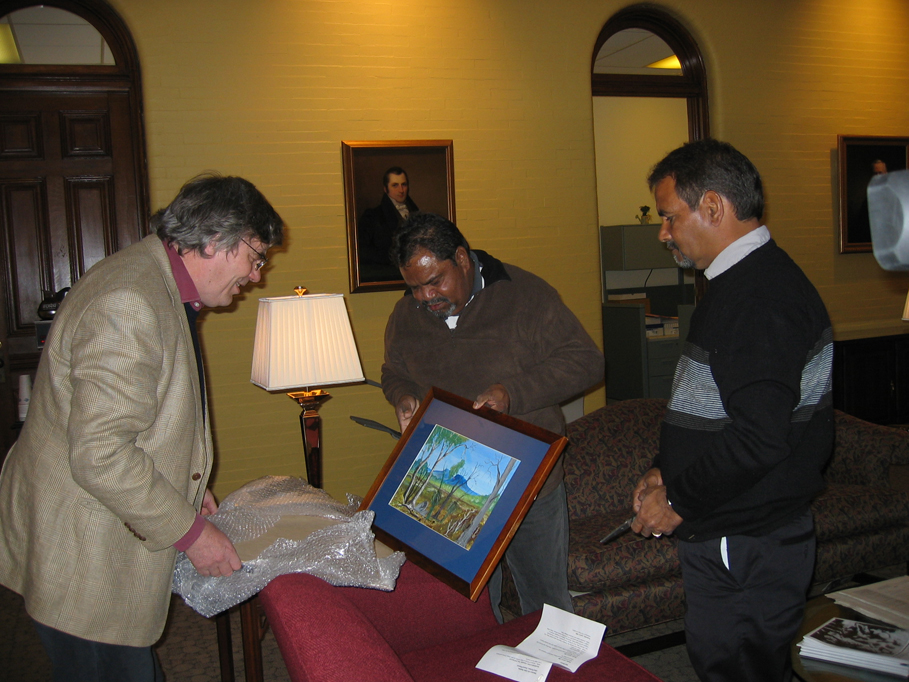
![The creek by Simpson Kelly, pastel on paper, 18.5 x 24 cm, c.1948. Noel & Lily White Collection, Berndt Museum of Anthropology. [WU7563]](https://www.carrolup.info/wp-content/uploads/2018/10/connection-960x720.jpg)
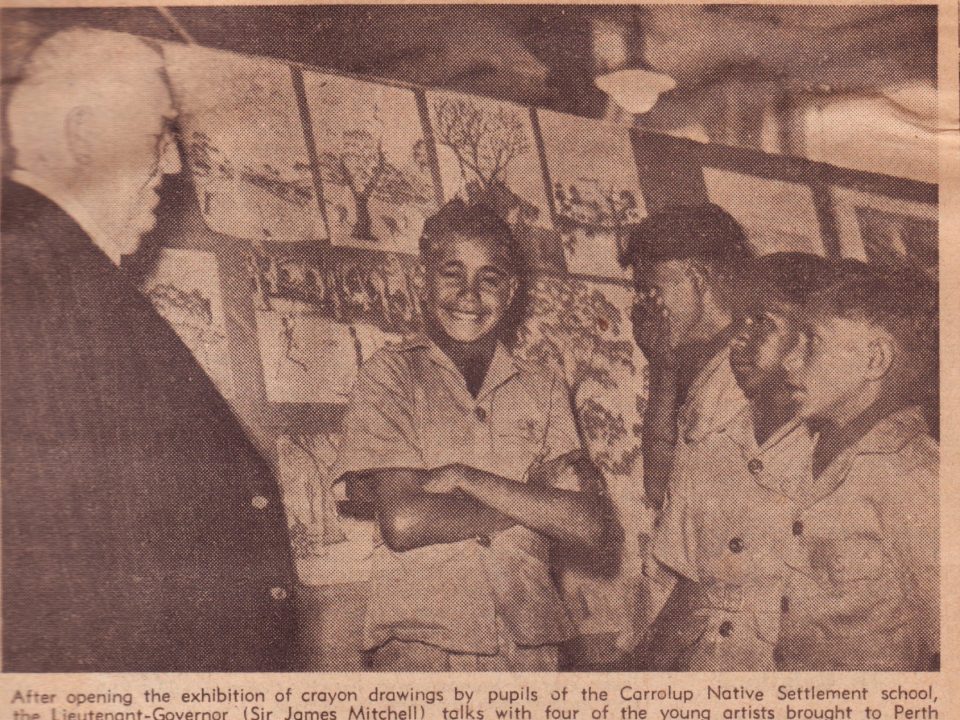


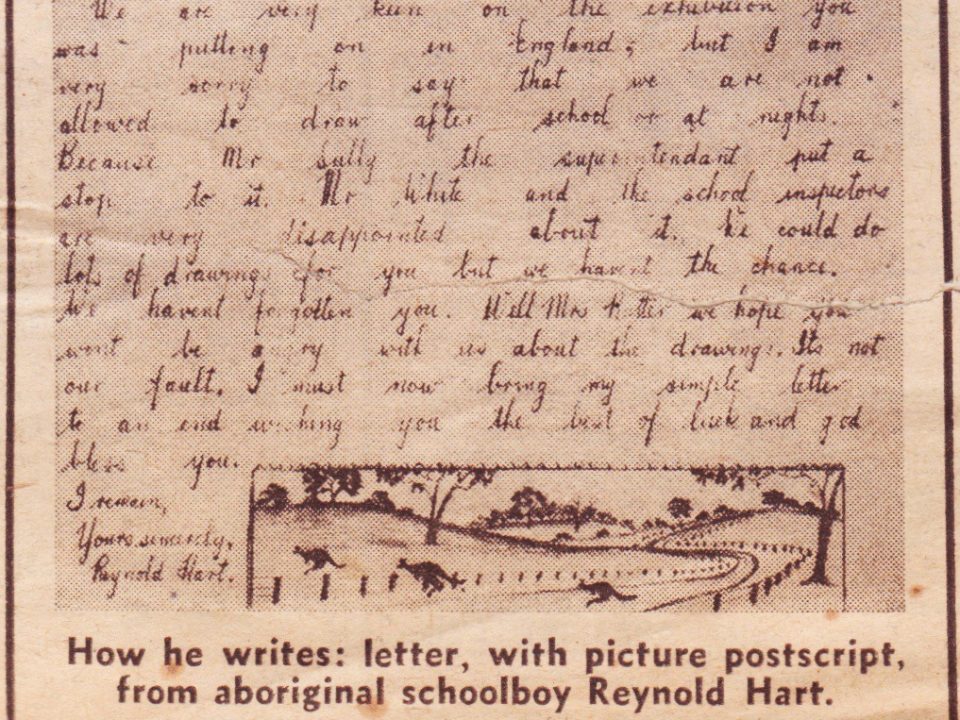
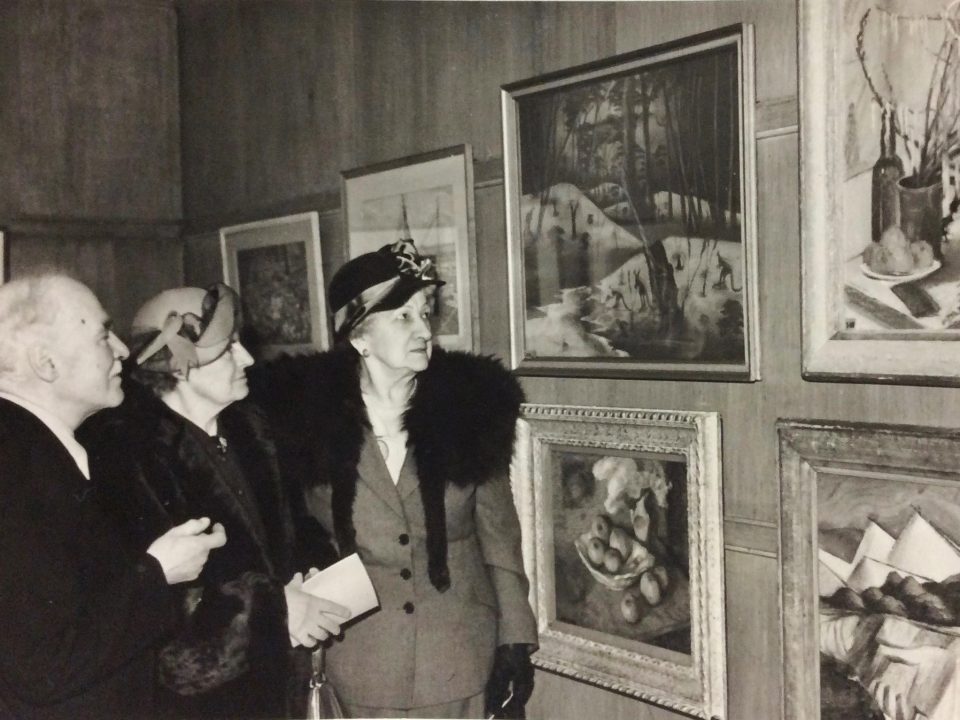
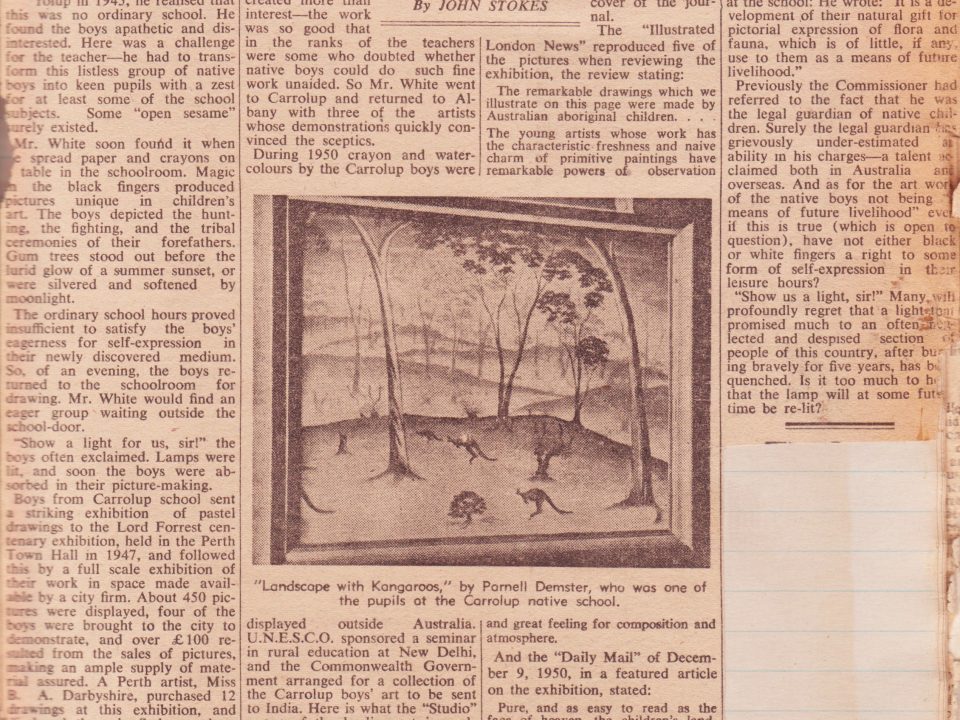
![Untitled [Landscape with Fallen Tree] by Parnell Dempster, pastel and graphite on paper, 23 x 29.1cm, 1953. The Herbert Mayer Collection of Carrolup Artwork, John Curtin Gallery, Curtin University.](https://www.carrolup.info/wp-content/uploads/2018/10/8714810382_3ff6fde4de_o-960x720.jpg)
![Ezzard Flowers, John Stanton and Athol Farmer inspecting the ‘lost’ Carrolup Collection at the Picker Art Gallery at Colgate University, 12th April 2005. Berndt Museum of Anthropology. [WU/P32228]](https://www.carrolup.info/wp-content/uploads/2018/10/WAMen@Picker-960x720.jpg)